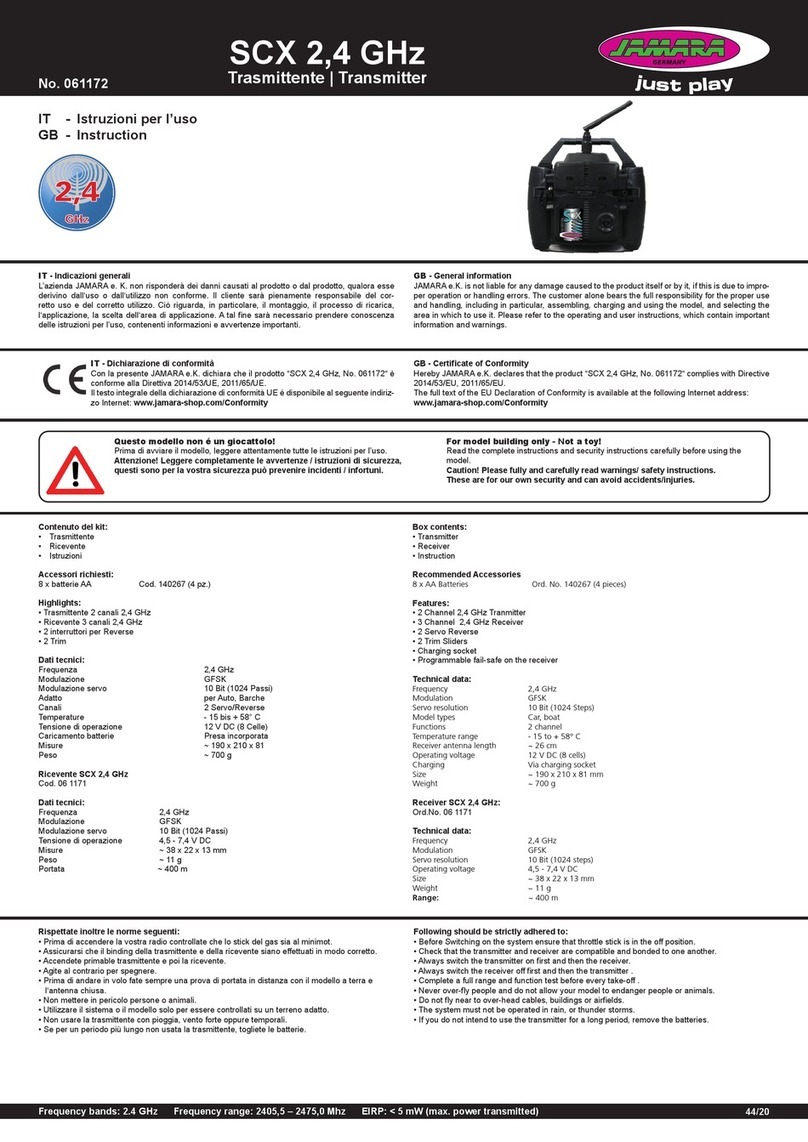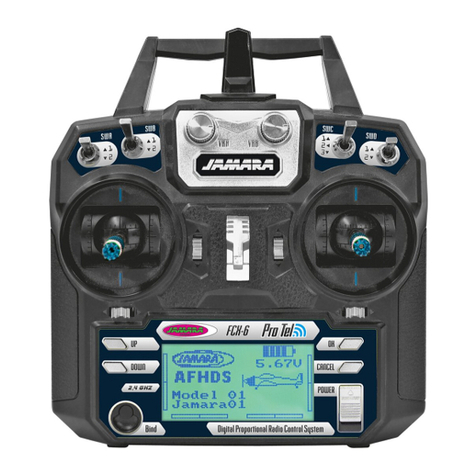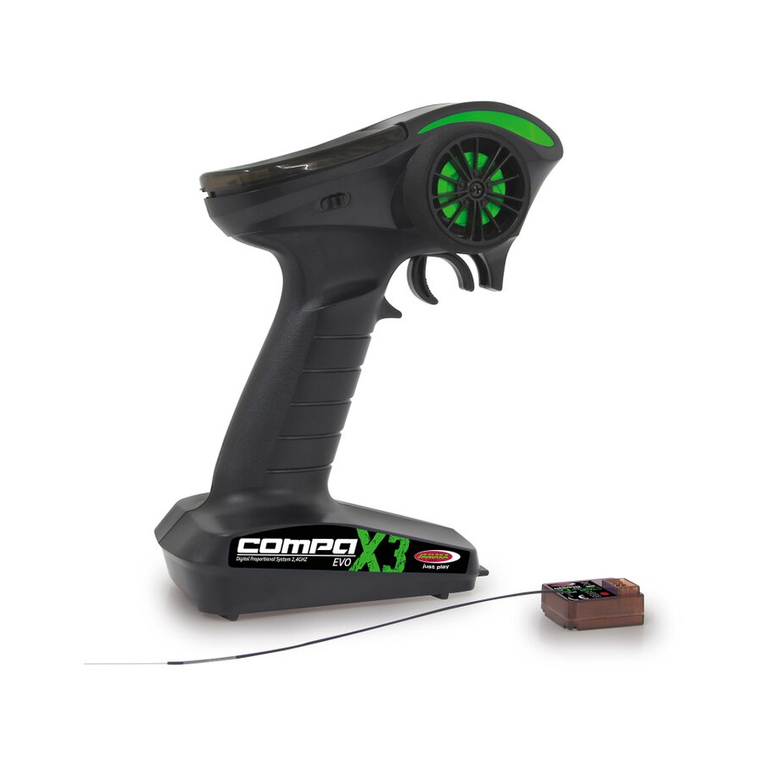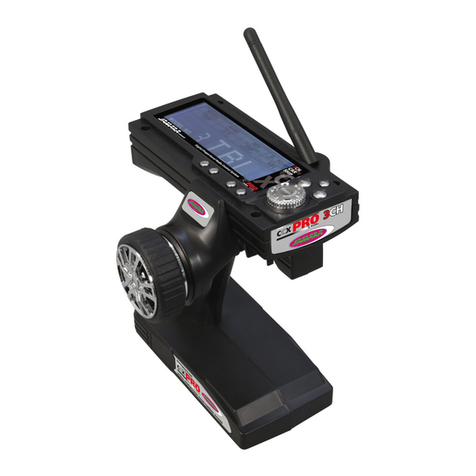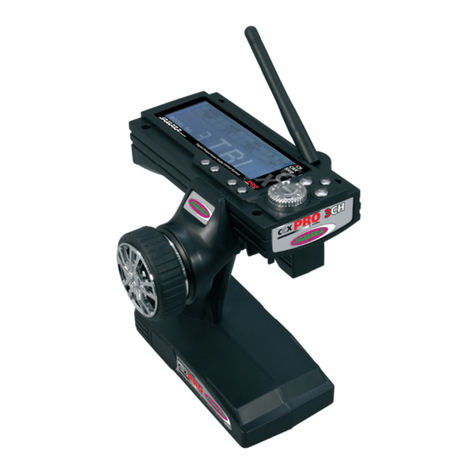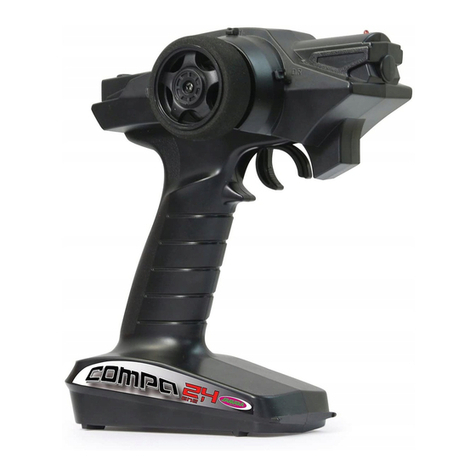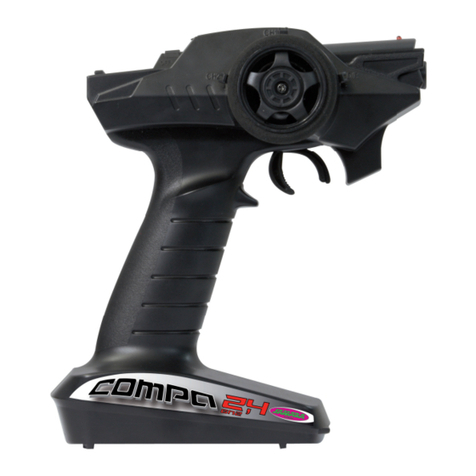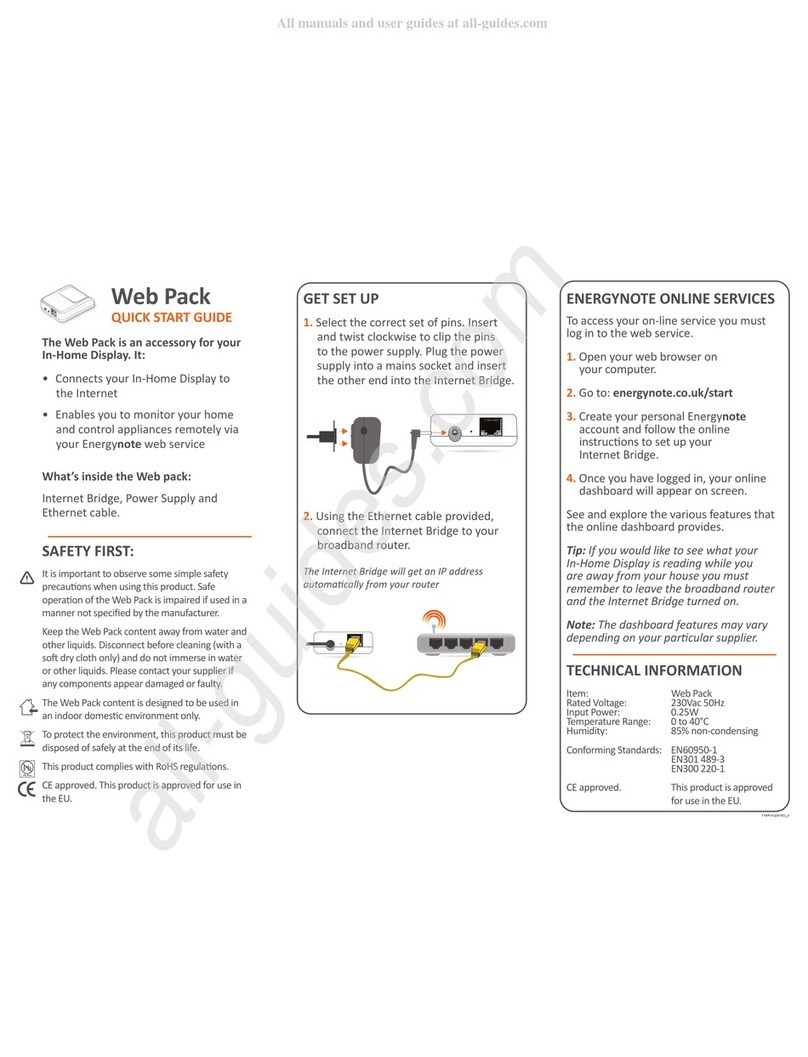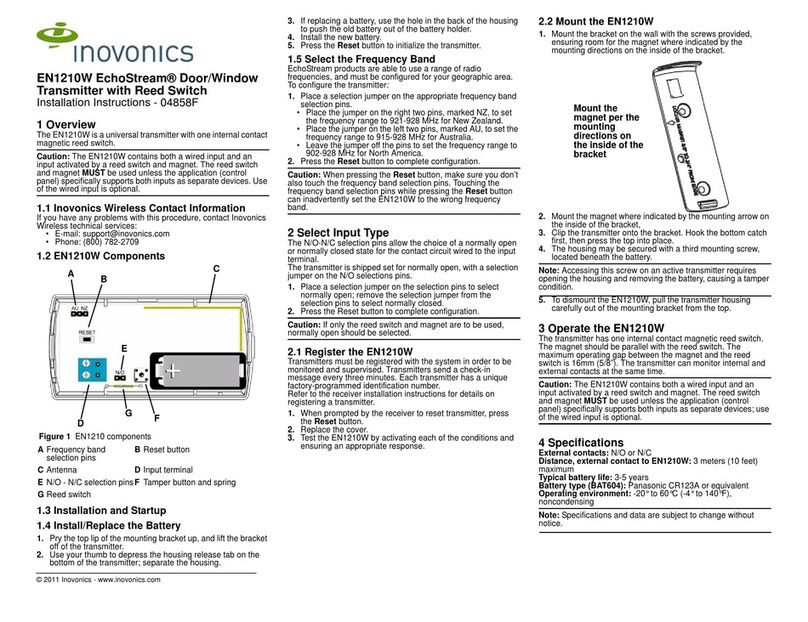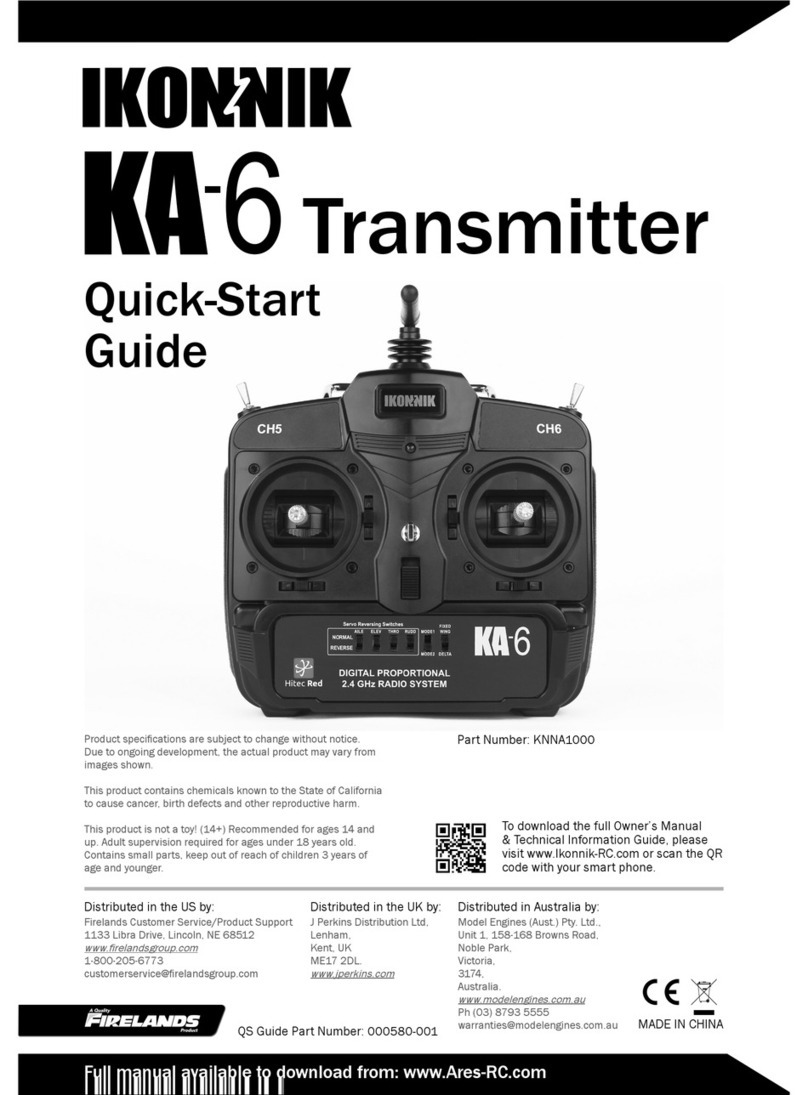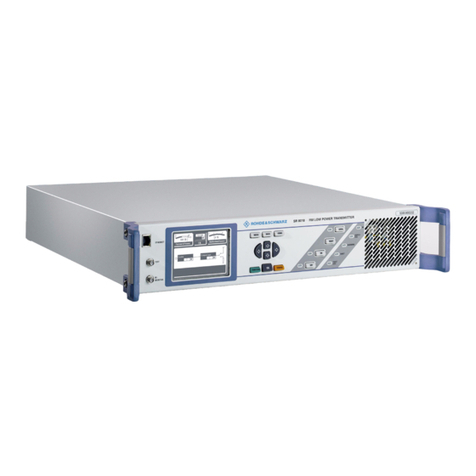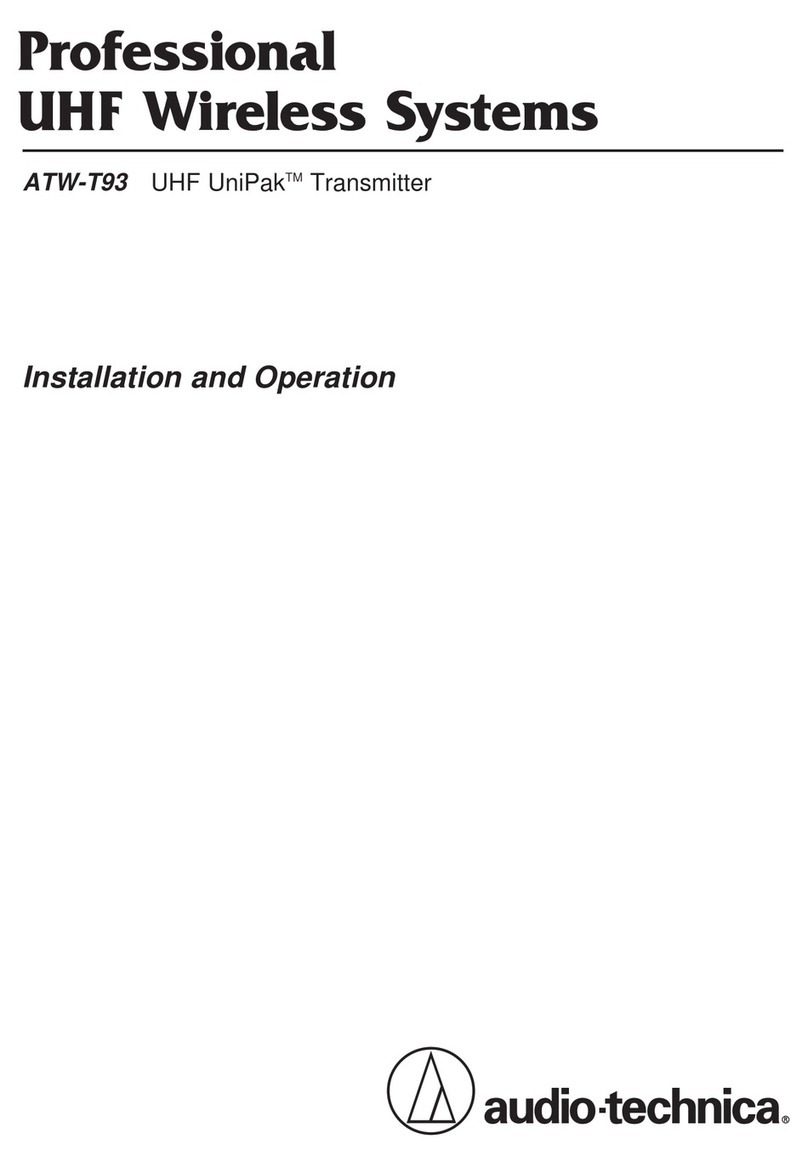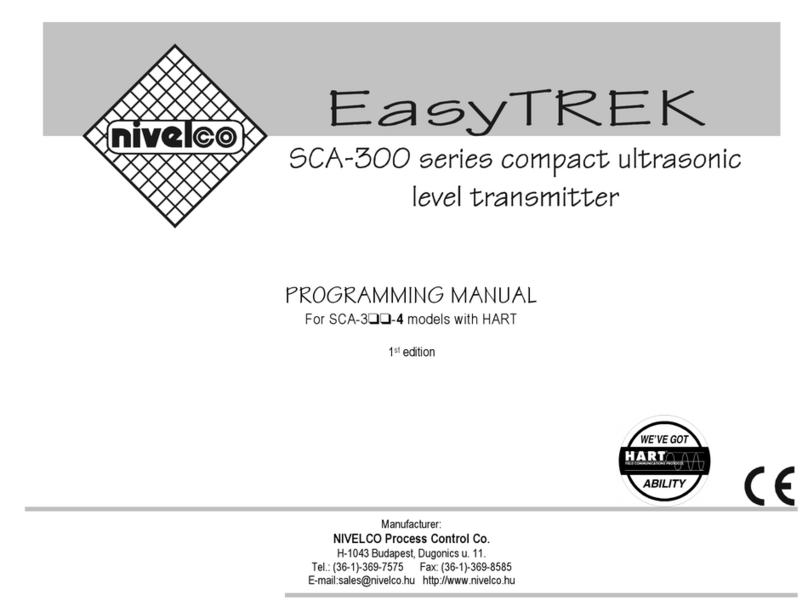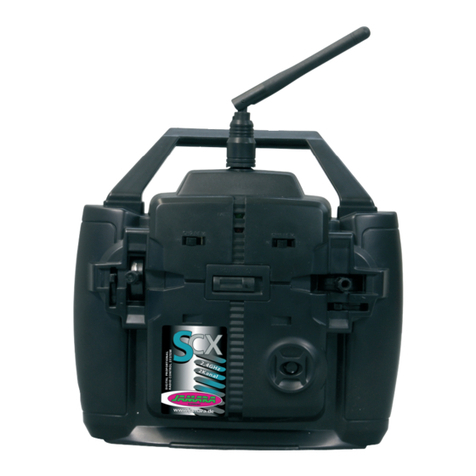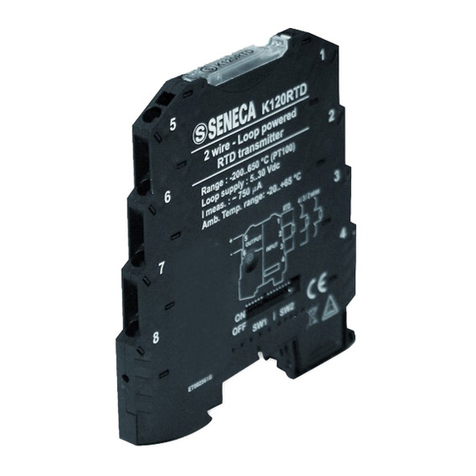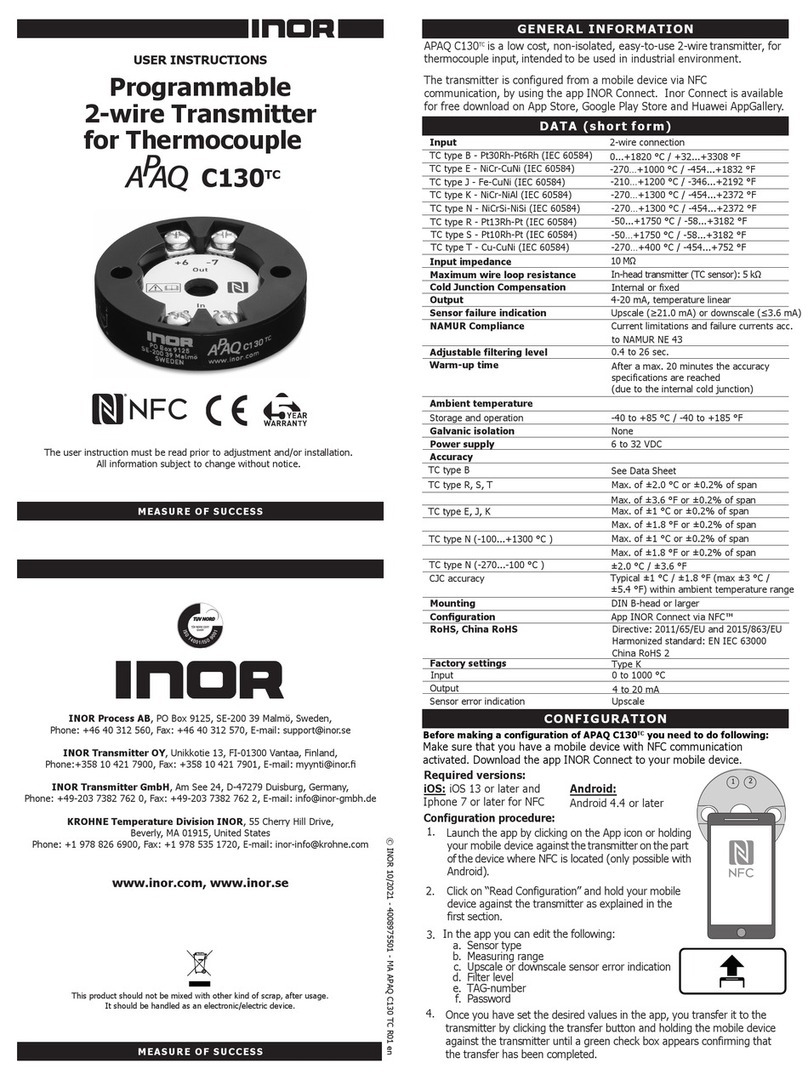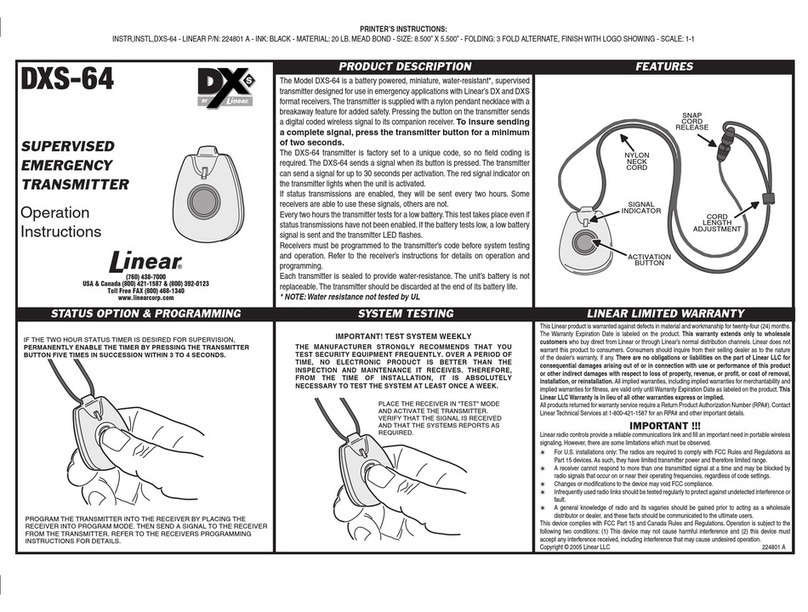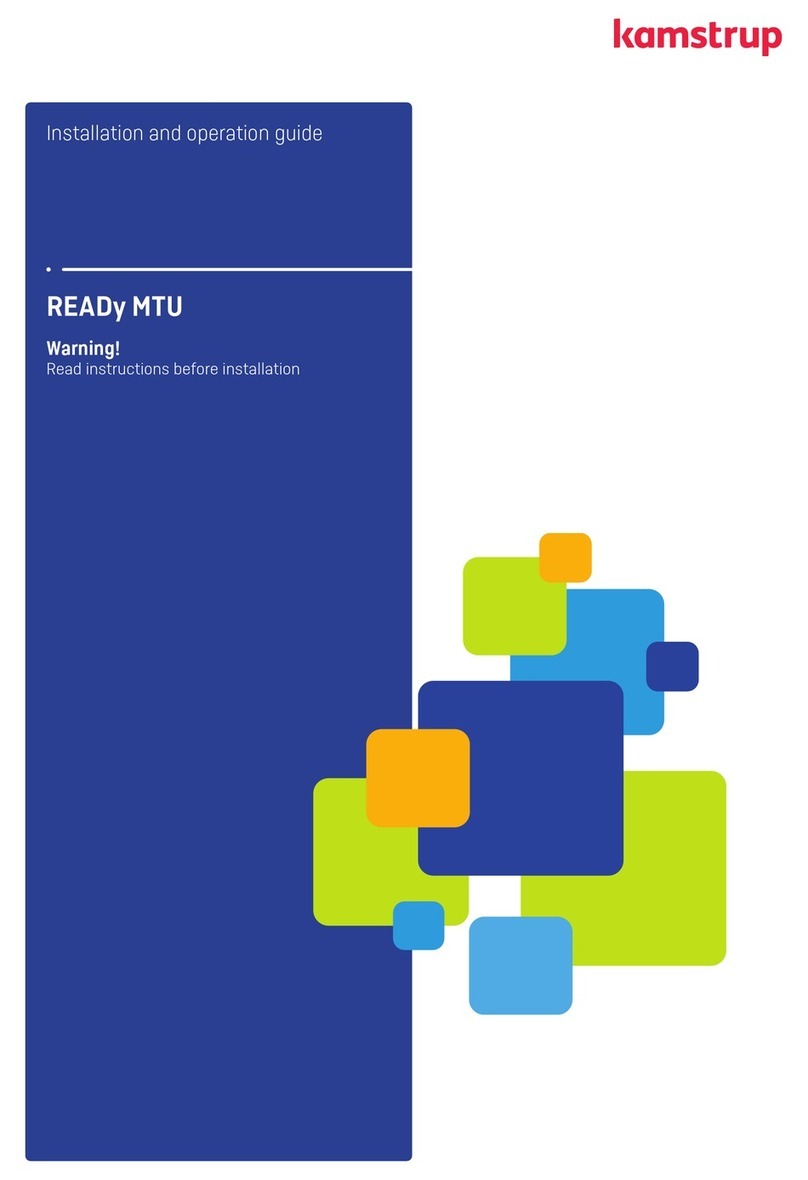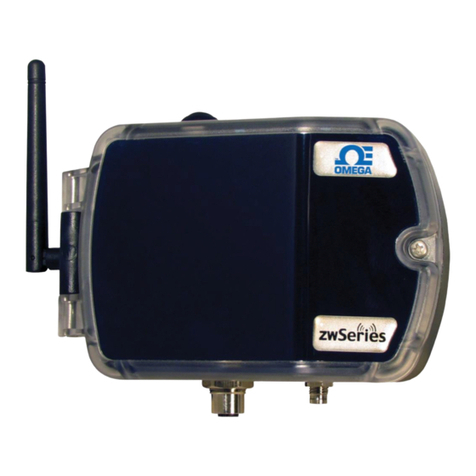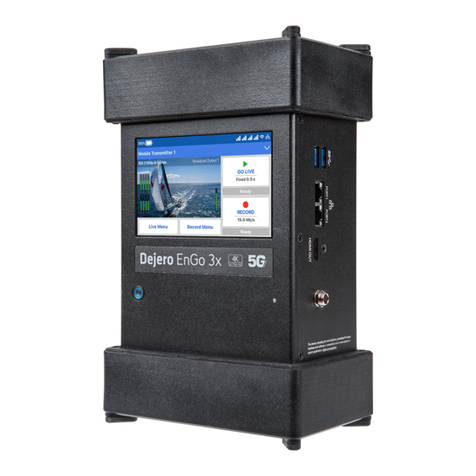
2
IT - Sistema 2,4 GHz
AFHDS signi ca „Automatic Frequency Hopping Digital System“. Questo so sticato sistema di
trasmissione senza li si basa su anni di esperienza e vi garantisce una lunga autonomia e la lunga
durata della batteria. Questo è il risultato di anni di ricerca e sperimentazione. ed e´questo che fa di
Jamara una delle aziende leader a livello mondiale nel mercato.
Attenzione:
Si prega di leggere attentamente le istruzioni e di utilizzare il sistema radio esattamente come de-
scritto. Uso improprio e non corretto di questo sistema radio può causare lesioni gravi o addirittura
lesioni mortali. Questa frequenza da 2,4 GHz ha un comportamento completamente diverso da
quelli precedentemente utilizzati. Tenere sempre il vostro modello in vista, evitare oggetti di grandi
dimensioni che possono bloccare il segnale HF, questo porta il rischio di perdere il controllo e la
perdita del modello. Il 2,4-GHz segnale RF si propaga in linea retta e non può cercare una via in-
torno ai oggetti o addirittura passarli. Mai toccare l‘antenna trasmittentedurante il funzionamento di
un modello, questo può alterare in maniera signi cativa la qualità e la forza del segnale RF e può
causare pericoli che possano portare alla perdita di controllo.
Attenzione:
All‘avvio sempre accendere prima la trasmittente e poi la ricevente. Quando si spegne il sistema
sempre spegnere prima la ricevente poi la trasmittente. Questo consentirà di evitare che la riceven-
te riceve un segnale sbagliato, il quale potrebbe portare a mvimenti del servo irregolari. Questo è
particolarmente importante per il funzionamento di un modello, cosi che il motore non può partire
inaspettatamente, e quindi non può provocare lesioni che nel peggiore dei casi possano provocare
anche la morte.
GB - 2,4 GHz System
AFHDS2A stands for „Automatic Frequency Hopping Digital System 2A“. This highly sophistica-
ted radio transmission system will guarantee you a long range, jamming free and long battery life
experience. This is the result of years of research and testing and makes Jamara one of the word
leader in the market.
Danger
Misuse of this radio system can lead to serious injuries or death. Please read completely this ma-
nual and only operate your radio system according to it. The 2,4 GHz radio band has a comletely
different behavior than previously used lower frequency bands. Keep always your model in sight as
a large object can block the RF signal and lead to loss of control and danger. The 2,4 GHz RF signal
propagates in straight lines and cannot get around objects on its path. Never grip the transmitter
antenna when operating a model as it degrades signi cantly the RF signal quality and strength and
may cause loss of control and danger.
Danger
Always turn on the transmitter rst then the receiver. When turning off the system, always turn off
the receiver rst than the transmitter. This is to avoid having the receiver on itself as it may pick a
wrong signal and lead to erratic servo movements. This is particularly important for electric powered
models as it may unexpectedly turn on the motor and lead to injuries or death.
Antenna Dual
Per raggiungere delle distanze massime di sicurezza tra trasmittente e ricevente, si prega di seguire
le istruzioni riportati di seguito:
1. Le due antenne devono essere tenuti il più diritto possibile. Altrimenti la portata viene ridotta.
2. Le due antenne devono essere disposti a 90° fra loro, come si può vedere sulle tre immagini.
3. Le antenne devono essere tenuti lontani di materiali conduttivi come metallo o bra di carbonio
(per i modelli con fusoliera in bra di carbonio, portare l’antenna all’esterno). Per un
funzionamento sicuro é necessario una distanza minima di 1,5 cm. Materiali conduttivi hanno
meno impatto sulle parte coassiale dell’antenna ma é importante che non si piega la parte
coassiale a forti raggi.
4. Mantenre l‘antenna il più lontano possibile dal motore, regolatore é altre fonti di interferenza
Dual antenna notes
In order to make sure maximum distance between the transmitter and receiver please follow the
directions below:
1. The two antennas must be kept as straight as possible. Otherwise, control range will be reduced.
2. The two antennas should be placed at a 90 degree angle to each other, as illustrated in the tree
pictures below.
3. The antennas must be kept away from conductive materials, such as metal and carbon. A
distance of at least 1,5 cm is required for safe operating. Conductive materials will not affect the
coaxial part of the antenna, but it is important that the coaxials are not bend to a severe radius.
4. Keep antennas away from the motor, speed controller and other noise soures as much as
possible.
Caratteristica del sistema
Questo sistema radio opera nella banda di frequenza di 2,4 a 2,4835 GHz.
Questa banda è suddivisa in 160 canali indipendenti. Ogni sistema radio
utilizza 16 diversi canali e 160 diversi tipi di Hopping-Algorythmen. Usan-
do tempi di attivazione diversi, saltellando regime e frequenze dei canali, il
sistema in grado di garantire una trasmissione priva di errori radio.
Questo sistema wireless utilizza un alto fattore di ampli cazione e
l’elevata qualità dell´antenna multi - direzionale. Esso copre l‘intera banda
di frequenza. Collegato ad una ricevente con alta sensibilità, questo sis-
tema wireless garantisce una trasmissione radio a lunga distanza privo
di errori.
Ogni trasmittente ha un ID inequivocabile. Durante il binding con una ri-
cevente, la ricevente memorizza l‘ID, e può solo elaborare i dati di questo
trasmittente. Questo evita la raccolta di altri segnali di trasmissione e au-
menta notevolmente l‘immunità e la sicurezza.
Il sistema radio utilizza componenti a basso consumo e un chip ricevente
molto sensibile. La modulazione HF utilizza un sistema di trasmissione a
intermodulazione con la quale vengono evitati elevati consumi. In questo
sistema radio, è necessario solo un decimo della potenza, rispetto al con-
sumo di un sistema standard FM.
Sistema AFHDS 2A é una funzione di riconoscimento automatico, in grado
di passare automaticamente dalla modalità attuale é modalità di comuni-
cazione con funzione di ritorno dei dati é consente di applicare meglio il
stato di lavoro attuale per avere più divertimento.
AFHDS 2A verfügt über eine integrierte Mehrkanalcodierung und Fehler-
korrektur, um die Stabilität der Kommunikation zu verbessern, die Fehler-
quote zu reduzieren und um mehr Reichweite einer zuverlässigen Über-
tragung zu erreichen.
System Characteristic
This radio systems works in the frequency range of 2.4000 to 2.4835 GHz.
Thins band has been divided into 160 independent channels. Each radio
system uses 16 different channels and 160 different types of hopping al-
gorithm. By using various switch-on times, hopping scheme and channel
frequencies, the system can guarantee a jamming free radio transmission.
This radio system uses a high gain and high quality multidirectional anten-
na. It covers the whole frequency band. Associated with a high sensitivity
receiver, this radio system guarantees a jamming free long range radio
transmission.
Each transmitter has au unique ID. When binding with a receiver, the re-
ceiver saves that unique ID and can accepts only data from that unique
transmitter. This avoid picking another transmitter signal and dramatically
increases interference immunity and safely.
This radio system uses low power electronic components and a very sen-
sitive receiver chip. The HF modulation uses intermittent signal transmis-
sion thus reducing even more power consumption. Comparatively, this
radioa system uses only a tenth of the power of a standard FM system.
AFHDS2A system has the automatic identi cation function, which can
switch automatically current mode between single-way communication
mode with data return function can help users understand current working
status better and make the ght more enjoyable.
AFHDS2A has built-in multiple channel coding and error-correction, which
improve the stability of the communication, reduce the error ratio and ex-
tend the reliable transmission distance.
